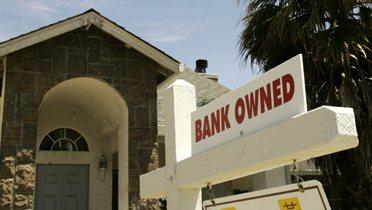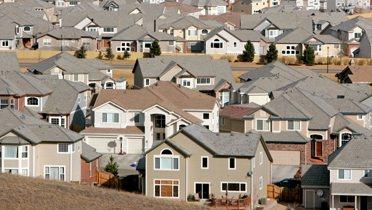Just back from a four day trip to Toronto with my University of Michigan graduate students learning about pedestrian-oriented urban development. We toured seven major walkable urban places from downtown to a couple downtown-adjacent places, but especially suburban-located walkable urban places redeveloping old town centers and strip commercial centers.
What did we see? A forest of cranes building 30 to 50 story condominiums, rental apartments, and office towers in these walkable urban places and ground level street life that rivals the best metropolitan areas in the world.
The reason I selected Toronto for the students included the generous invitation of Richard Florida, a beacon for my students for having zeroed in on the knowledge economy and the rise of the creative class.
Another reason to see Toronto is that Canada had much more sober banking practices over the past decade, unlike the U.S., so that their five major institutions, all with headquarters in Toronto, have continued lending. The result is seen in the skyline, reflecting the continued engagement of the built environment, representing 35 percent of the assets of the economy, at work. Canada, like China, India, and Brazil, reasonably painlessly continued to grow through the Great Recession.
While Canadians have some behavioral differences from Americans, their demand for higher density walkable urban development is a look at the future of real estate development in this country. As Patrick Doherty and I write in the Washington Monthly, sustainable walkable urban development is essential to a U.S. economic recovery. No recovery since the Depression has happened without the built environment being engaged. Transportation infrastructure (rail transit, biking, and walking) that supports the higher density walkable urban development the market is demanding is essential if we want the economy to rebound.






Commentary
Toronto Takes Off to a Great Walkable North
October 28, 2010